Before He Was a Musician, John Lennon Was a Philatelist
Marking the arrival of a new postage stamp, the musician’s boyhood collection is on view at the National Postal Museum
Dedicated stamp collectors usually have implausible dreams. For example, to find, among a grandparent’s love letters, an envelope with an airplane printed upside down. Or, in a flea market in Athens a stamp that no fellow philatelists have ever seen before. But there is a dream so crazy that no collector ever imagines it: To be able to add to an album a stamp with your own face on it.
This impossible dream has now come true for a man who started collecting stamps at the age of ten, in Liverpool, England. His name is John Lennon, one of the fab four Beatles, and his stamp has just been issued by the U.S. Postal Service as part of the Music Icons series. Prompted by the new stamp, the Smithsonian’s National Postal Museum has put Lennon’s own collection back on view for the first time since 2006 (though it has been displayed elsewhere in the intervening years).
Lennon’s stamp collecting was inspired by his late cousin Stanley Parkes, who gave him the classic Mercury album (with a picture of the god Mercury on the cover) when John was 10 years old. The album’s new owner wrote his name on the title page, after erasing Stanley’s, and beneath it his address at the time: 251 Menlove Ave., Woolton, Liverpool. (The house of his aunt Mimi, later bought by Yoko Ono and given to the National Trust.) As a boy, Lennon prefigured his future of counter culture cheekiness by sketching moustaches and beards on the book’s images of Queen Victoria and King George VI.
The album found its way to the Smithsonian when the curator of the Postal Museum, W. Wilson Hulme, who died in 2007, read an article about it having been bought at auction in London by a rare book dealer. I first wrote about the album when it was displayed in 2005, speculating that most young boys just want to be cool, and stamp collecting might seem embarrassingly uncool. But Hulme told me at the time, “There was nobody cooler than John Lennon.” Amen!
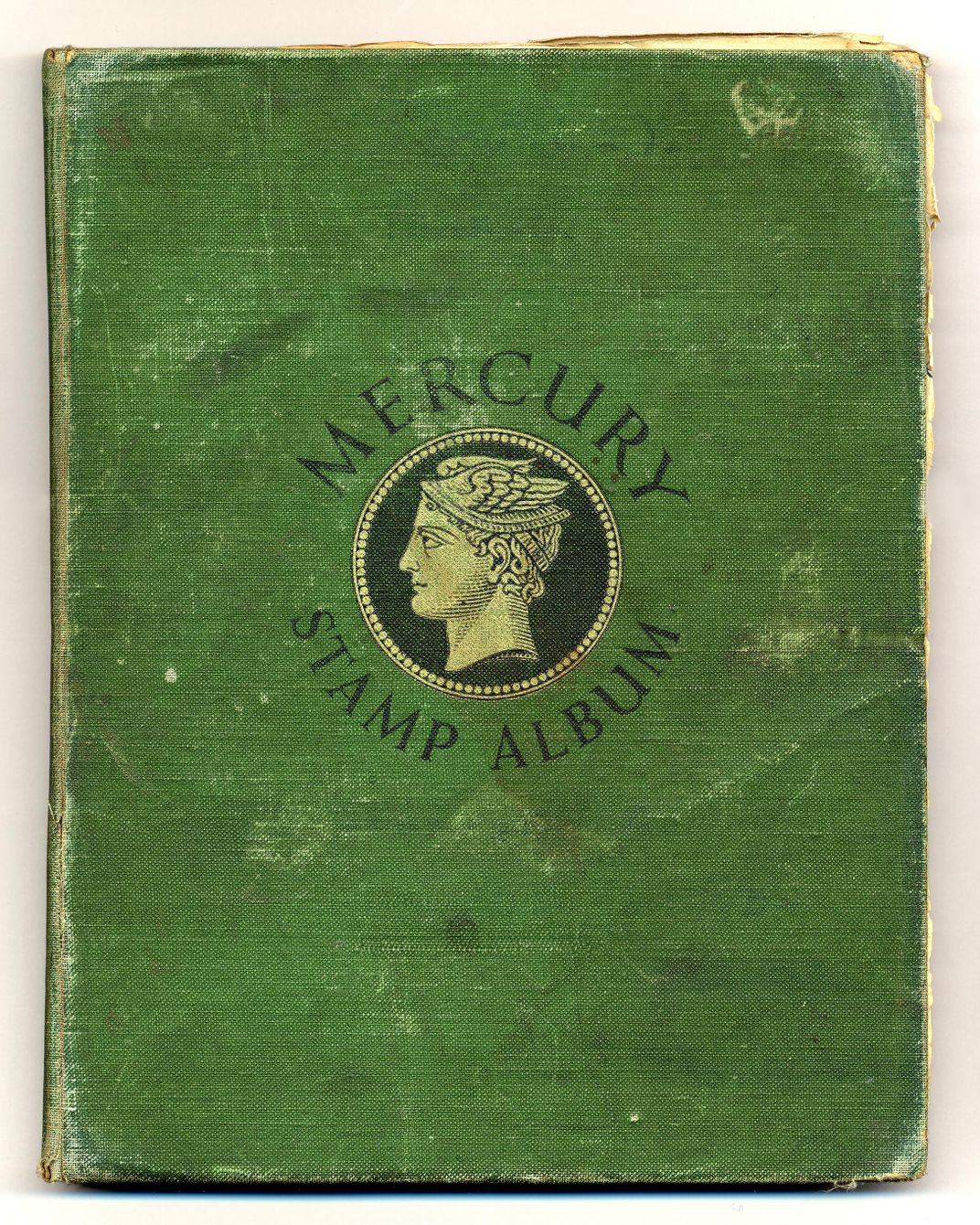
I was, and remain, a zealous Beatles fan, and writing about Lennon the stamp collector let me rethink his artistry. As a writer and lyricist, Lennon was, in a sense, an inheritor of the whimsical genius of Lewis Carroll, the scribe who penned: “Twas brillig, and the slithy toves. Did gyre and gimble in the wabe: all mimsy were the borogoves….”
I would hold, as equal to that madcap verse, Lennon’s words for “I Am the Walrus.”
Sitting on a corn flake
Waiting for the van to come
Corporation T-shirt, stupid bloody Tuesday
Man you've been a naughty boy
You let your face grow longI am the egg man
They are the egg men
I am the walrus
Goo goo g'joob
“The path and provenance of the album are somewhat murky,” Hulme, told me. “We tried to trace the path it had taken, but as is often the case the auction house wouldn’t give us much information.”

The collection had been sold once before at Christie’s, and for a while before that had been owned by a private dealer. But how it found its way to the market in the first place remains a mystery. The museum did make contact with Stanley Parkes, the original owner, to verify that the book was, indeed, the one he gave as a gift to his cousin. The museum has recently published the letter it received June 22, 2005, from Parkes, who died in 2016.
Quite extraordinary that you should contact me about John’s Stamp Album.
John and I grew up together and were very, very close to one another in fact he was just like a little Brother to me. In fact, I passed on to him such things as my 300 Dinky Toy Cars, and my Mecanno Sets which were made by the very Famous Liverpool Toy Manufacturing Company and Mecanno Set Makers. Their Products are all on show at a Liverpool Museum on the Albert Docks, where the Beatles City Cavern have their Tourist Attraction about the Beatles, Etc. When I read recently that his Stamp Album had gone for some amazing price to some collector, I thought to myself “I bet that is my Stamp Album that I gave to John,” for at the time it was not reported that my name was on the front cover of it.
I got him interested in Stamp collecting and he would carry on collecting stamps himself after I gave him my Stamp Album. Especially as Aunt Mimi corresponded with our large amount of relatives in New Zealand. Stamp collecting was very good for improving one’s Geography Lessons at School.
He did inherit the Stamp Album from me and I encouraged him to keep an interest in it. How did it come to end up in an American Museum, was it a Private Collector?
The 150 pages of the Mercury album now contains 565 stamps, though Lennon’s front-page notations, written over his erased cousin’s name, show the number 657 in quotes, and the number 800 crossed out. More mysteries. Was 800 Lennon’s hoped-for goal? Were some of the stamps in the album, perhaps those collected by Parkes, traded away or discarded as not up to young John’s standards.
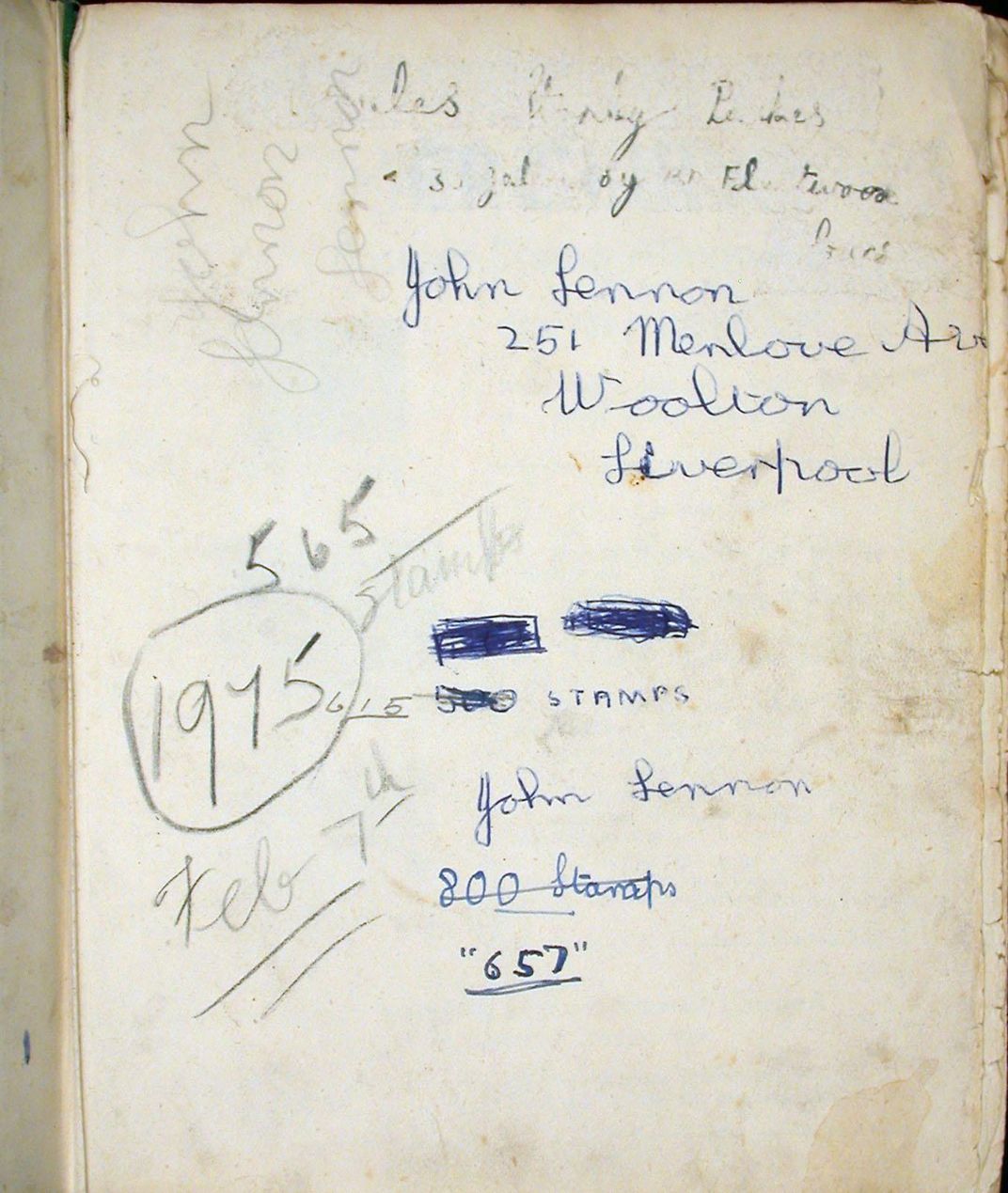
Hume pointed out to me that young collectors are often more attracted to color than rarity, and many of the stamps on pages headed “New Zealand” and “United States” are pleasingly colorful. He also said that youngsters frequently lose interest in stamp collecting when their interest in the opposite sex replaces it. Or, in Lennon’s case, when they become world famous rock ‘n’ roll musicians.
At some point, the young Lennon pasted his last stamp into his green book, put down the album and picked up a guitar. The rest is musical history, but at the Postal Museum, philately history lives on.
Alas, the owner of the album did not live on to see his own famous face on a U.S. stamp. As I recounted sadly in that first piece:
“My connection to this off-beat poet was severed unexpectedly in 1980 when, sitting in my Manhattan apartment just across from the Dakota, with the windows open on an unusually warm December night, I heard the shots that killed him.”
"John Lennon: The Green Album" is on view at the National Postal Museum in Washington, D.C. through February 3, 2019.
/https://tf-cmsv2-smithsonianmag-media.s3.amazonaws.com/accounts/headshot/Owen-Edwards-240.jpg)
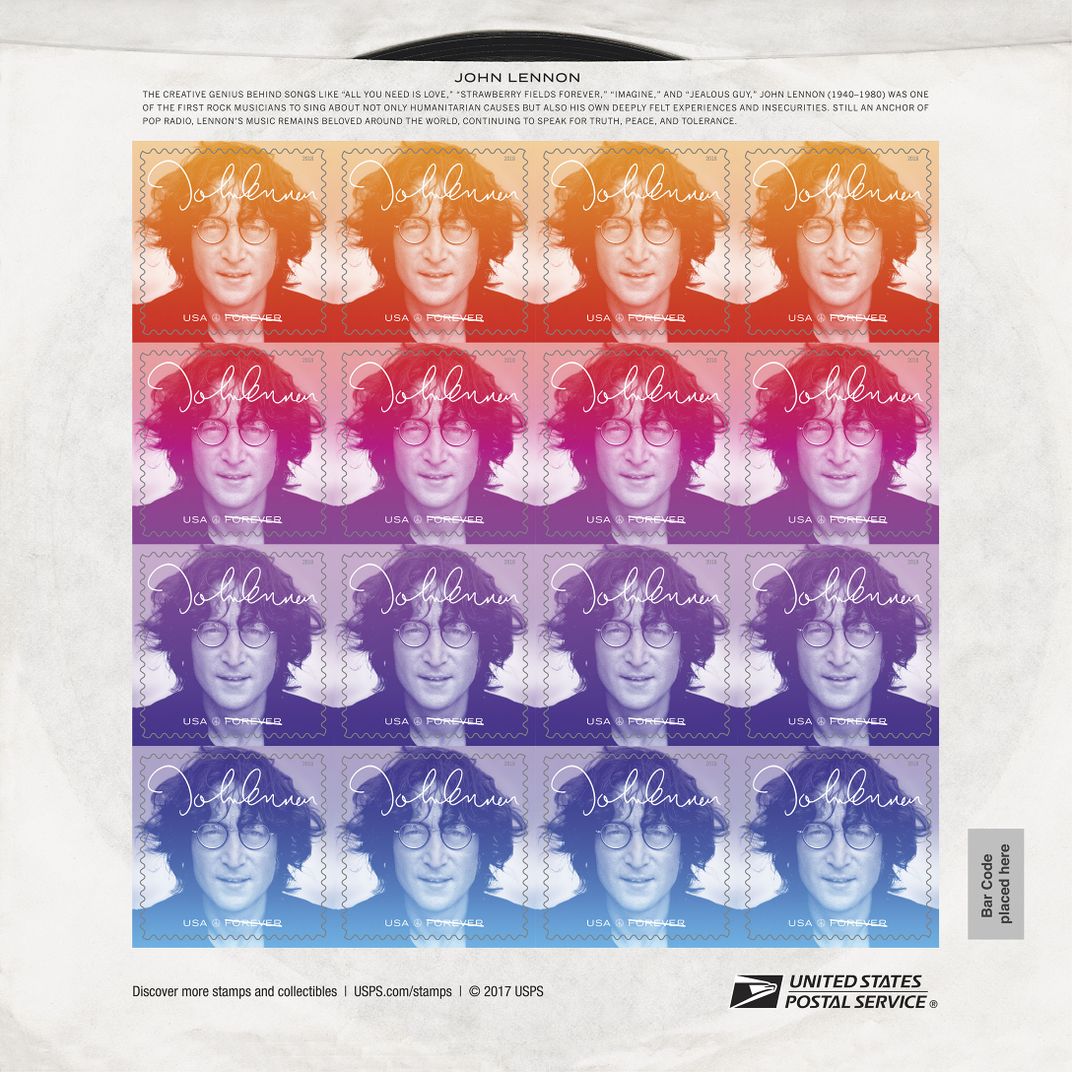
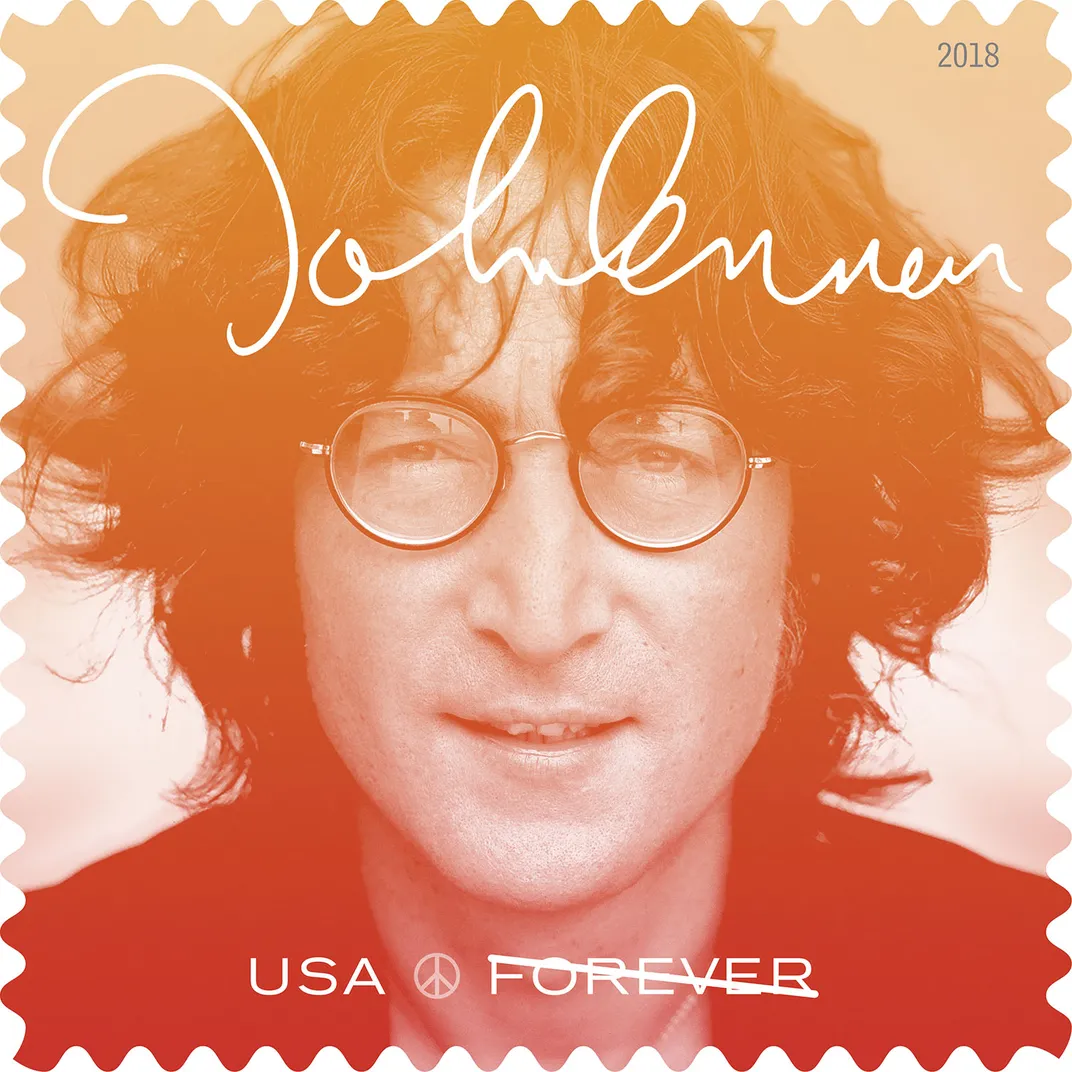
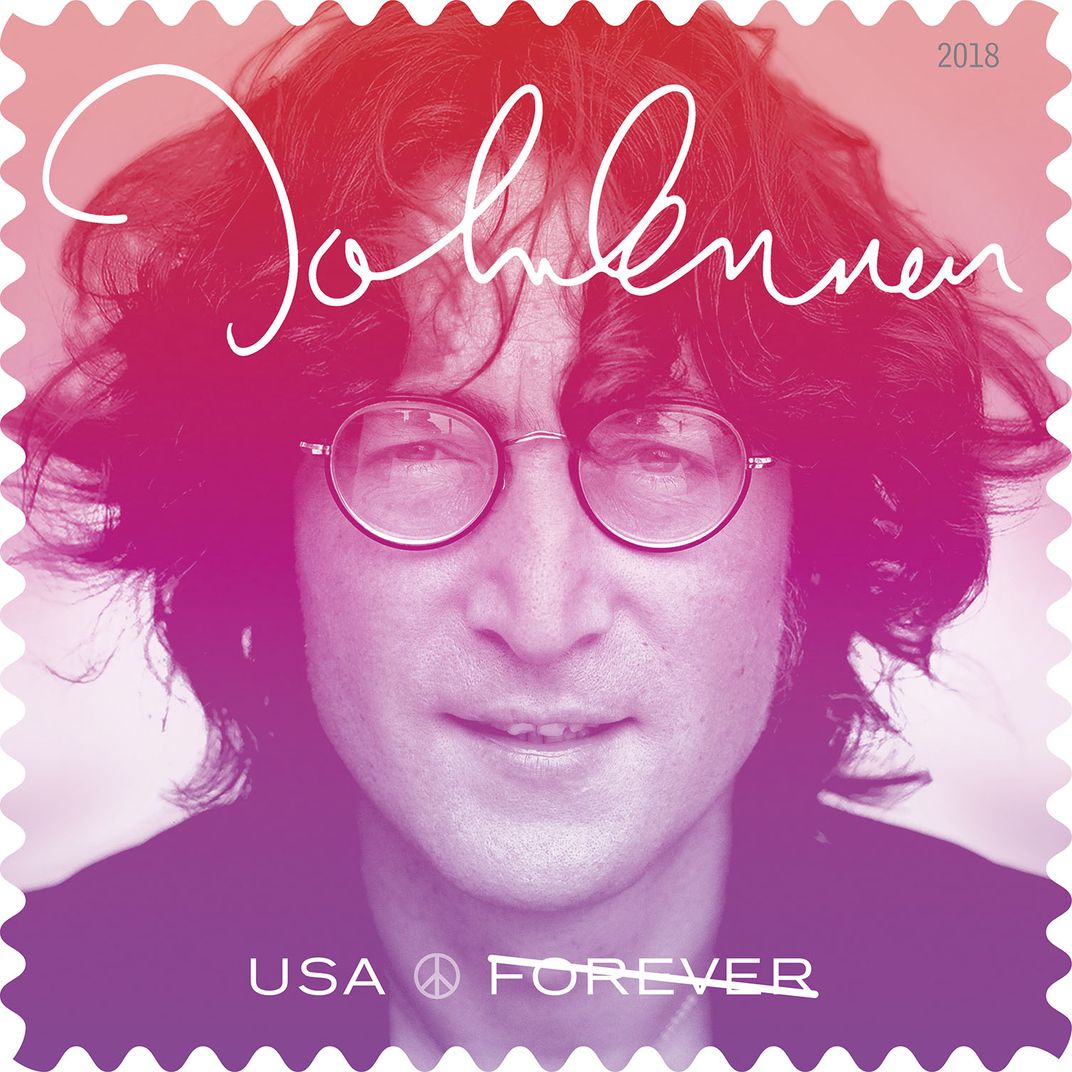
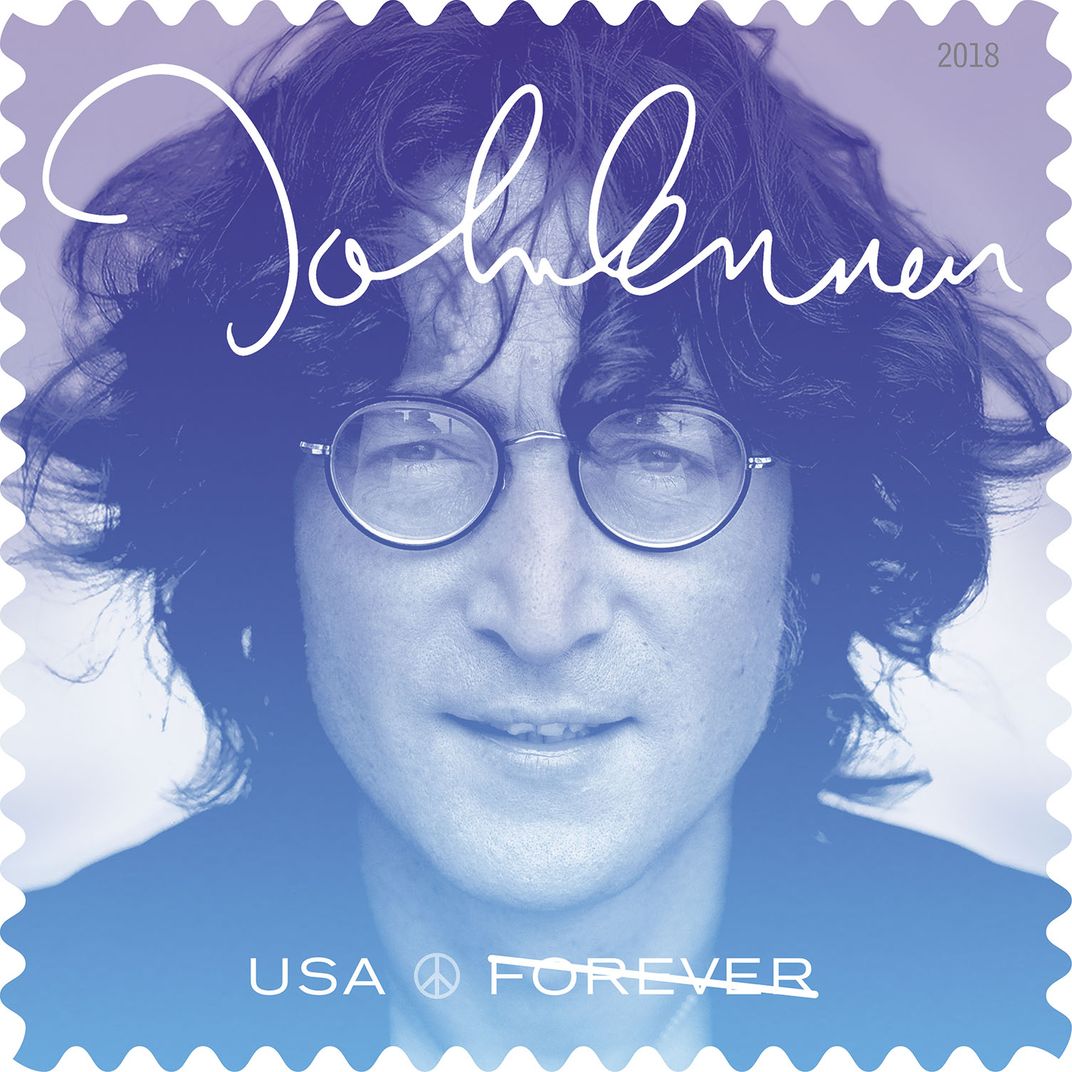
/https://tf-cmsv2-smithsonianmag-media.s3.amazonaws.com/accounts/headshot/Owen-Edwards-240.jpg)